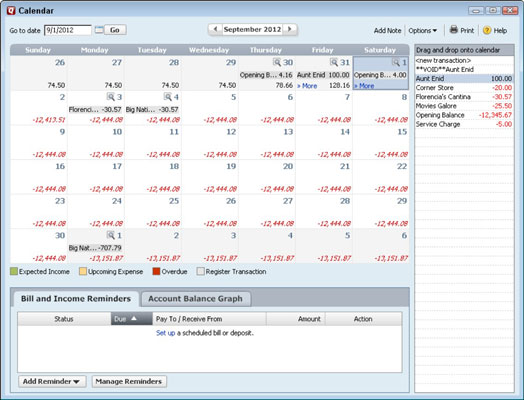

And the deposit similarly gets logged twice in Account B, causing that account's balance to be $1,000 more than it should be. As a result, the withdrawal gets logged twice in Account A, causing the account's balance to be $1,000 less than it should be. At the same time, it creates a transaction for the deposit that it found in Account B and a new match for the withdrawal from Account A. If Quicken can't identify that the transaction for the withdrawal from Account A is the match for the transaction for the deposit in Account B, then it creates one transaction for the withdrawal it found in Account A, and it creates a new match for the deposit in Account B. This can result in duplicate records.įor example, suppose you made a $1,000 transfer from Account A to Account B. If it can't identify the match, it logs each side of the transfer individually and then creates new matching transactions to complete the transfer. When Quicken imports your data, it tries to identify both sides of the transfer. I am now on the 3rd round of customer service calls. I have diligently been forced into upgrading purely because mac has improved with time and no longer can run older versions of Quicken. I have been using Quicken Mac since 2004. When you transfer funds from one account to another in Quicken, two transactions are created: one in the account the money came from and one in the account the money went to. Quicken Mac 2018 is a glorious flaming waste of time if you want a semblance of tracking investments. Check the log for any potential errors, especially ones that say Quicken couldn't import certain data.

But the log also lists any problems the program encountered during the import. Most of the log entries consist of perfunctory information that you can ignore. (In Quicken, choose Help > Show Logs in Finder and look for the Import logs).

When you import your data, Quicken creates a log of all the tasks it performs during the import process. If the balance for an individual account looks wrong: Review the import log:


 0 kommentar(er)
0 kommentar(er)
